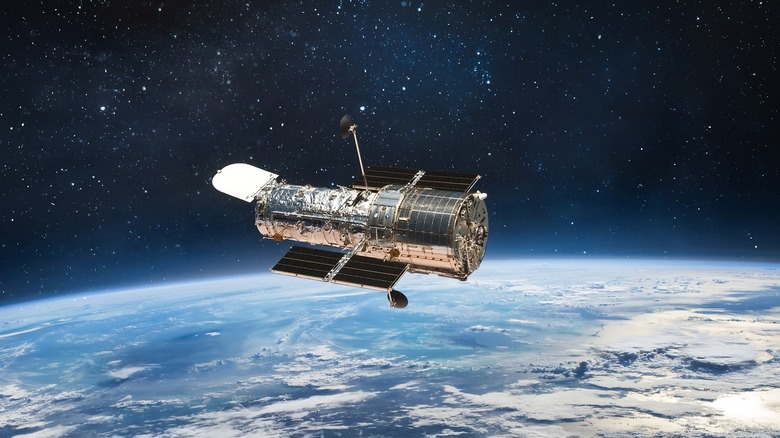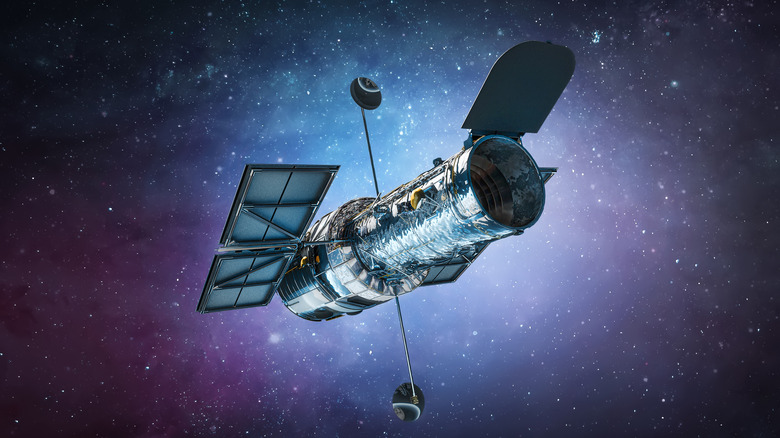NASA And SpaceX May Work Together To Extend Hubble Telescope's Life
The National Aeronautics and Space Administration (NASA) yesterday announced a cooperative effort with Elon Musk's SpaceX and the Polaris Program to study the feasibility of launching the Hubble Space Telescope into a higher orbit alongside a SpaceX vessel.
According to a September 29 NASA press release, the study's goal is not to actually move the telescope, but to understand what possibilities exist for maneuvering and servicing low-orbit space equipment like Hubble. The telescope and SpaceX's vessel, the Dragon, are mere hypotheticals. It will reportedly take up to six months to determine if it would be safe to dock the telescope on the spacecraft, then transport it and release it in another orbit.
Thomas Zurbuchen, NASA Headquarters Science Mission Directorate associate administrator, called the study "an exciting example of the innovative approaches NASA is exploring through private-public partnerships." The research, the agency's release said, was proposed by SpaceX and the Polaris Program and will be conducted at no cost to NASA.
"As our fleet grows, we want to explore a wide range of opportunities to support the most robust, superlative science missions possible," Zurbuchen said.
Decades-old Hubble must be decommissioned someday
NASA explained that it aims to prolong Hubble's life. The telescope has been circling 335 miles outside of the planet for over three decades, and its orbit has been "slowly decaying over time." Hubble was conceptually conceived in the 1940s (the idea of Hubble is literally older than NASA, which was formed in 1958), and its first day in orbit was almost 50 years later on April 24, 1990 (via NASA).
Since its launch, Hubble has been responsible for bringing us some of the most important historical extraterrestrial imagery ever captured. Hubble delivered the clearest-ever view of the Ring Nebula in 1999, and the image earlier this year of the most distant star even seen by humans, which resides 12.9 billion lightyears away, and existed within the first billion years post-big bang. But this space telescope has also undergone multiple part failures and servicing missions. As early as March of last year, Hubble entered safe mode due to software malfunctions.
So when will Hubble be put to pasture? The space agency currently has no plans to send another service mission to upkeep the telescope for the foreseeable future. MIT Technology Review reports that NASA's replacement, LUVOIR, won't be ready for launch until at least 2039. Other countries, including India and China, could put comparable telescopes in space within the next decade.
If successful, the SpaceX-Polaris study could give Hubble a few more years before it must de-orbit.

